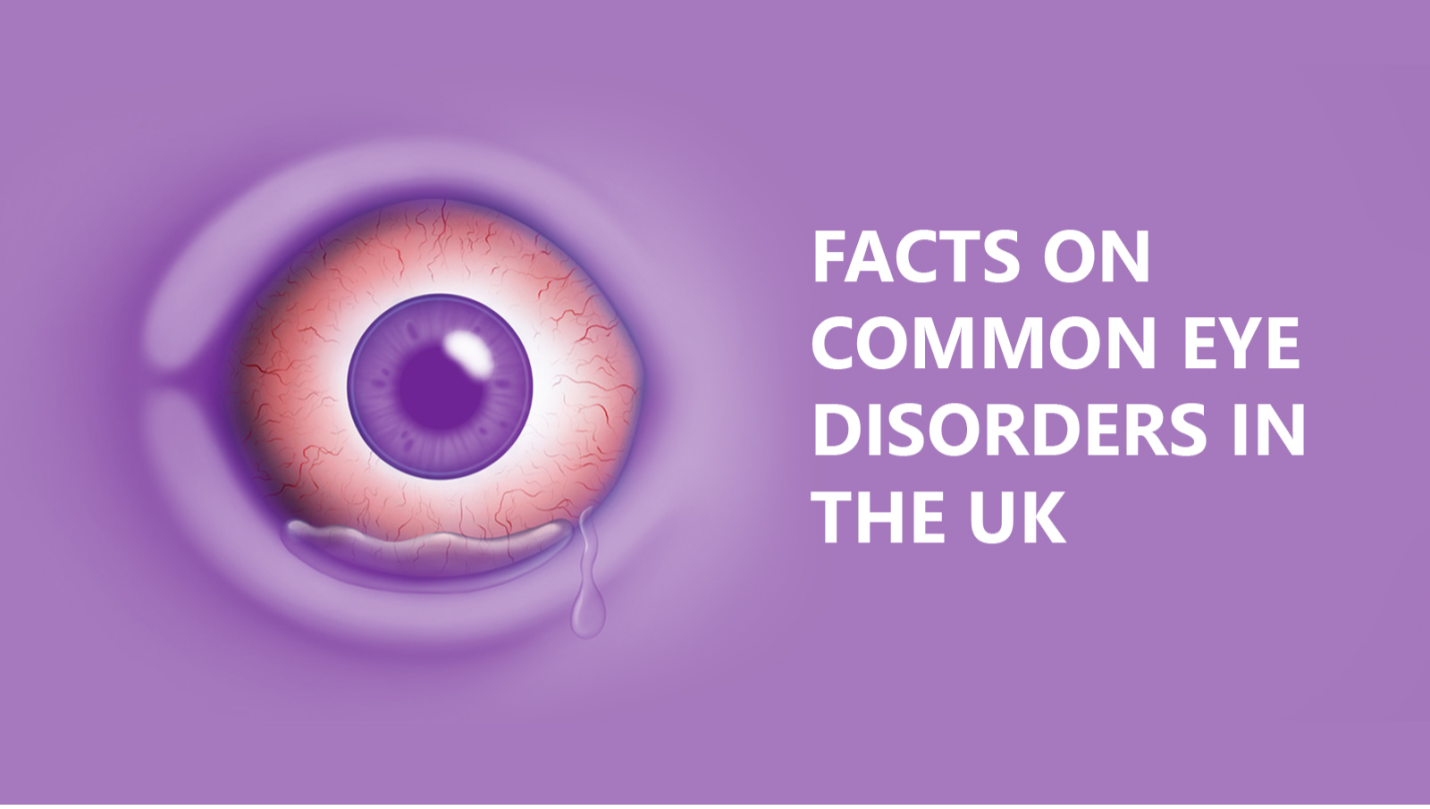When it comes to eye health, it’s good to be aware of common eye conditions so you can identify the changes in your vision and seek help before it’s too late.
Eye conditions in the UK are extremely common. Almost 2 million people in the UK have lost their sight and 360,000 people are suffering from partial blindness.
Apart from cataracts, age-related macular degeneration and glaucoma, there are other vision conditions that can ruin your optic health. While some of them can be corrected with prescription glasses, severe conditions will require an eye surgery to root out completely.
Here are some common eye conditions prevailing in the UK.
Myopia
Myopia or nearsightedness is a common refractive error which occurs when your eyes bend the light rays in front of the retina. When this happens, your eyes are unable to see distant objects clearly but your near vision remains unchanged.
Hyperopia
Contrary to myopia, hyperopia or farsightedness occurs when the light rays are bent behind the retina. As a result, you can see distant objects in fine details but don’t get the same clarity when looking at objects up close.
Presbyopia
Common in people in their 40s, presbyopia is a natural vision problem due to ageing. As you get older, your eyes become less flexible and you may not get the same near vision as you had before. This problem can be taken care of by wearing reading glasses to see small prints in better clarity.
Astigmatism
It is generally regarded as an imperfect shape of the eyeballs and cornea that leads to blurred nera or distant vision. The light is focused either in front or behind your retina. Like myopia or hyperopia, this condition is also treatable.
People who have both presbyopia and astigmatism need varifocal glasses to see clearly at all distances. Varifocals are quite costly but if you wish to buy cheap glasses with multifocal lenses, you can get them online.
Cataracts
Often found in ageing eyes, cataract occurs when you start to develop cloudy spots on your eye lens. It can happen in one or both the eyes leading to blurry vision and formation of halos around light sources. People with cataracts often have a poor night vision.
Macular degeneration
Being the most prominent cause of vision loss in adults over 60, macular degeneration is related to a loss of central vision due to declining retinal health. People with macular degeneration often look sideways to see clearly as their central vision is poor.
Conjunctivitis
Pink eye or conjunctivitis is the result of the inflammation of the tiny blood vessels in the conjunctiva. When this happens, the white part of your eyes start to appear pinkish or red. It causes a burning sensation in your eyes and often happens due to eye infections.
Computer Vision syndrome
Our digital screens emit high-energy blue light that affects our retinal cells causing problems such as headaches, blurry vision, eye fatigue and neck or shoulder pain. These discomforts are known as computer vision syndrome. However, you can get blue light glasses in the UK to reduce the effect of this light and bring relief from the symptoms of CVS.
Diabetic retinopathy
It is an eye disorder found in diabetic patients. It causes your central vision to become blurred making it difficult to read or drive. If left untreated, this condition can lead to a complete vision loss. 40% of Type 1 diabetic patients and 20% with Type 2 diabetes develop this eye disorder.
Dry eye syndrome
It is linked with the inability of the eyes to produce enough tears to lubricate the eyes. This makes your eyes feel dry and they become more prone to infections and eye irritation. In severe cases, it can also lead to scarring of the cornea.
Double vision
It happens when you look at an object and you see two images and hence the name ‘double vision’. If you have to partially close or squint your eyes, this could mean that you have started to develop double vision. If it only happens in one eye, it is termed as ‘monocular’. But if it affects both the eyes, it is called ‘binocular’.
Glaucoma
It is a common eye condition wherein the optic nerve connecting your eyes and the brain gets damaged. It is generally triggered by the increasing eye pressure and if not treated on time, it can hamper your vision for life.
Floaters
It is an age-related condition in older people whereby your eyes see dark spots in the vision line. It happens when the jelly-like fluids filled in your eyes start to become more mild. The microscopic fibres start to cluster together casting shadow on your retina.
Retinal detachment
It occurs when the thin layer on your retina containing tiny blood vessels comes loose causing detached retina. Diabetic retinopathy is one of the leading factors behind the development of retina detachment.
Colour blindness
It is a genetic condition where the light-sensitive cells in your retina become indifferent towards certain colours. This is why people with colour blindness have trouble differentiating between certain colours. This condition varies from person to person.
Why is an eye test important?
Changes to your vision are so subtle that you might not be able to spot them. Annual eye exam is mandatory if you want to keep your optic health in check and make sure you don’t have to deal with early development of any of these conditions.



 Bitcoin
Bitcoin  Ethereum
Ethereum  Tether
Tether  XRP
XRP  Solana
Solana  USDC
USDC  Cardano
Cardano  TRON
TRON  Lido Staked Ether
Lido Staked Ether  Avalanche
Avalanche  Toncoin
Toncoin